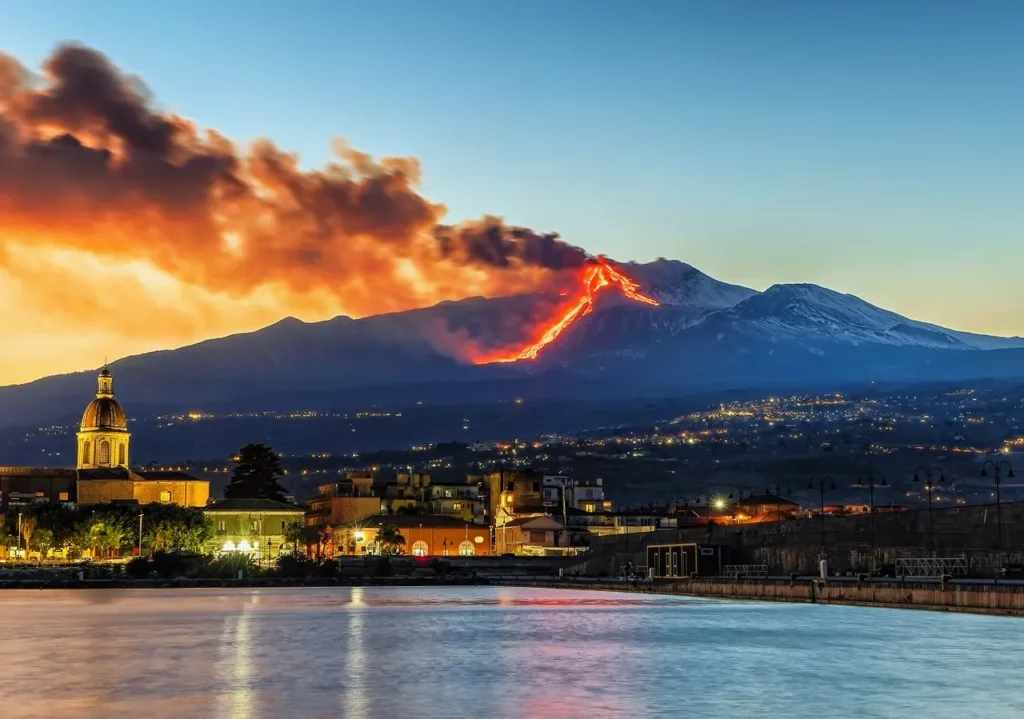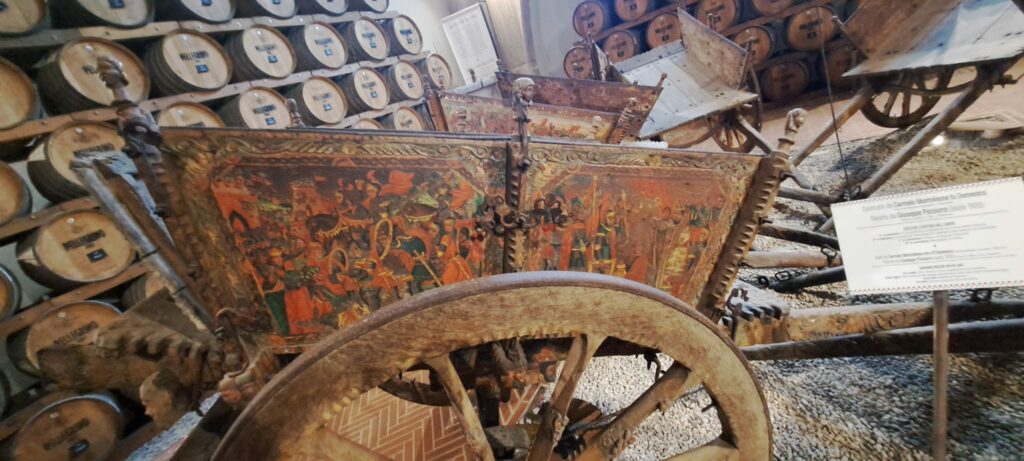Etna Volcano
Unveiling the Dynamic Drama of Fire and Fury
Nestled on the picturesque island of Sicily, Italy, the Etna Volcano is not merely a mountain; it’s a pulsating entity that has captivated human imagination for centuries. With its imposing stature and fiery temperament, Etna Volcano symbolizes both creation and destruction, serving as a living reminder of the dynamic forces that shape our planet. In this article, we will embark on a journey to uncover the intriguing history, geological significance, and recent volcanic activities of Mount Etna.
A History of Flames
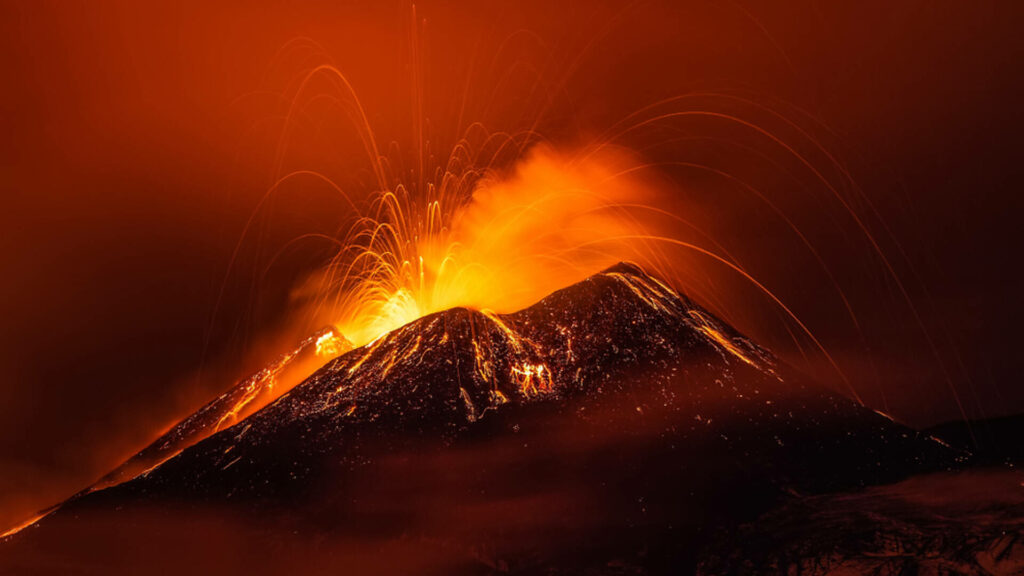
Etna Volcano’s legacy spans an astonishing 500,000 years, etching its story onto the landscape with every eruption. These eruptions have left behind a testament of deep craters and sculpted surroundings, showcasing the mountain’s dramatic flair. The volcano’s fiery character arises from the intricate interplay between the African and Eurasian tectonic plates, resulting in a fiery hotspot beneath the Earth’s surface.
Unveiling Geological Marvels
Mount Etna, a stratovolcano known for its steep inclines and layered structure, stands tall at approximately 3,329 meters (10,922 feet) above sea level, making it the tallest active volcano in Europe. Its geological composition offers scientists a unique vantage point into the inner mechanisms of our planet, a canvas to study the intricate processes that shape Earth’s facade.
Here is a timeline of significant eruptions of Mount Etna:
– Around 1500 BC: One of the earliest recorded eruptions of Etna Volcano, with evidence of lava flows and ash deposits.
– 396 BC: An eruption that affected the city of Catania and caused widespread damage.
– 44 BC: Another eruption that impacted Catania, as described by the Roman writer and philosopher Seneca.
– 1169 AD: A significant eruption that resulted in the destruction of several villages and the alteration of the landscape.
– 1329 AD: A major eruption that led to the formation of a new crater, known as the “Monte Frumento” crater.
– 1669 AD: The famous eruption described in the previous article, which devastated towns and reshaped the terrain.
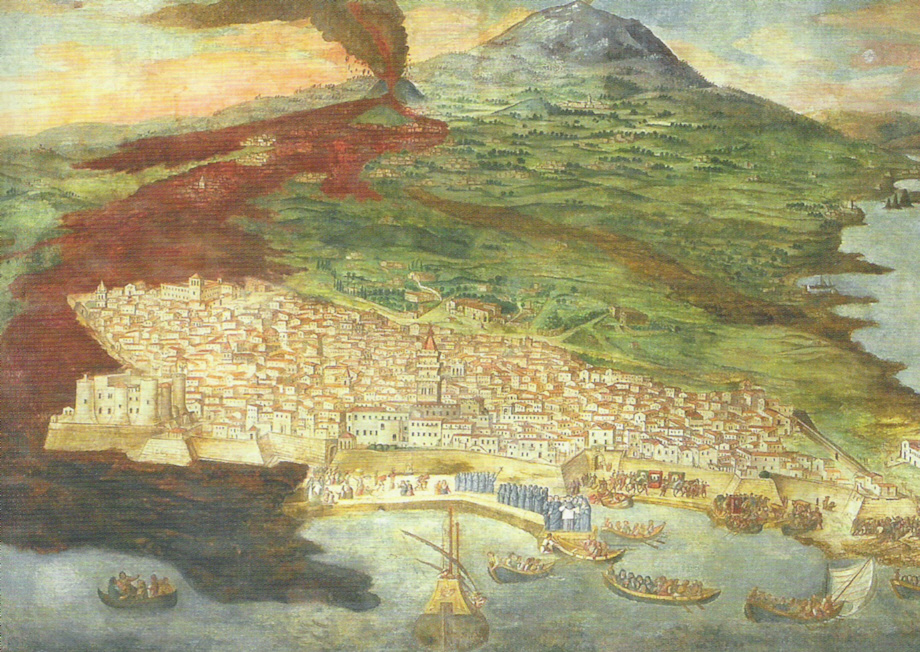
The eruption of Mount Etna in 1669 stands as one such cataclysmic episode that has been recounted through generations. This awe-inspiring eruption serves as a chilling reminder of the raw power of nature and the profound impact it can have on human existence. In this article, we journey back in time to explore the infamous eruption of Mount Etna that forever altered the Sicilian landscape and reverberated through history.
The Prelude to Destruction
In the mid-17th century, the inhabitants of Sicily lived in the shadow of a brooding giant – Mount Etna, Europe’s most active volcano. Throughout its history, Etna had experienced numerous eruptions, but the events of 1669 would go down as one of the most catastrophic and memorable. For weeks preceding the eruption, the mountain displayed signs of restlessness, with frequent tremors and ominous rumblings serving as harbingers of the impending disaster.
The Eruption Unleashed
In March 1669, the restless giant finally unleashed its fury. A series of violent explosions rocked Mount Etna, rupturing its flanks and spewing forth rivers of molten lava that cascaded down the slopes with an unstoppable force. The sheer scale of the eruption was unprecedented, as entire towns found themselves engulfed by a river of fire that flowed mercilessly toward them.
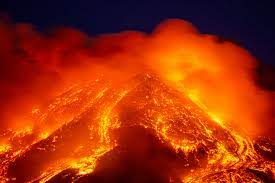
Catastrophic Devastation
The towns of Nicolosi, Catania, and surrounding areas bore the brunt of Etna’s wrath. The fiery deluge obliterated everything in its path, reducing homes, farmlands, and livelihoods to ashes. The molten rivers swallowed churches, streets, and landmarks, leaving a trail of desolation in their wake. In its pursuit of destruction, the lava even reached the shores of the Mediterranean Sea, marking an astonishing testament to the magnitude of the eruption.
Human Resilience and Rebirth
Amidst the chaos and destruction, the resilience of the human spirit shone brightly. Communities ravaged by the eruption rallied together, rebuilding their lives from the ashes. With determination and unwavering resolve, they reconstructed towns, restored farmlands, and erected monuments that stand as a testament to their endurance. The eruption of 1669 stands as a somber yet powerful chapter in Sicilian history, a reminder of the fragility of human existence in the face of nature’s formidable might.
Legacy and Lessons
The eruption of 1669 left a profound imprint on both the physical landscape and the collective memory of the people. It serves as a stark reminder of the ever-present forces that shape our world, and the fragility of our societies in the face of such elemental power. The tale of the eruption has been preserved through literature, art, and oral tradition, passing down through generations as a testament to the resilience of human communities.
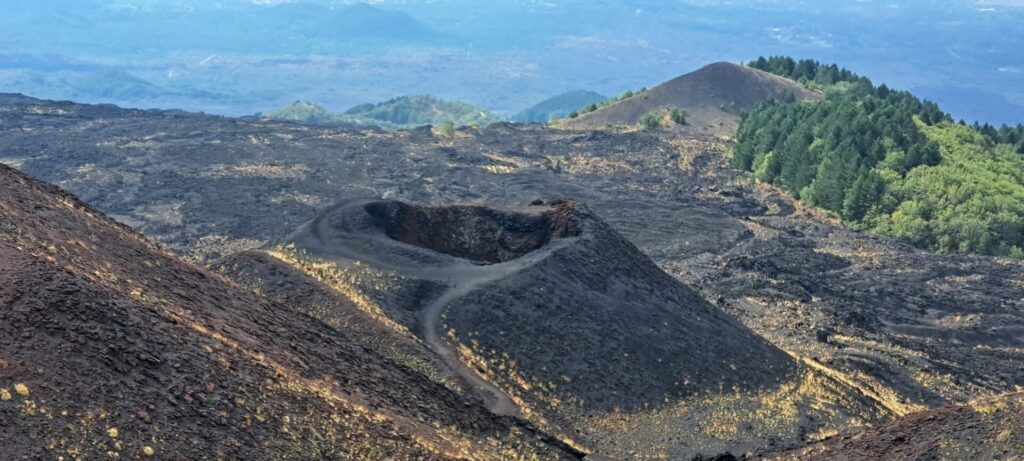
The eruption of Mount Etna in 1669 remains a poignant and chilling reminder of the capricious nature of our planet. The fiery rivers that flowed during those fateful days reshaped the Sicilian landscape and left an enduring mark on history. This cataclysmic event serves as a humbling testament to the relentless power of nature, a force that can both create and destroy with awe-inspiring magnitude. As we reflect on the events of that tumultuous year, we are reminded of the impermanence of human endeavors and the enduring spirit that rises from the ashes of catastrophe.
– 1928-1929: A series of eruptions that caused significant damage and led to the evacuation of nearby villages.
– 1971: An eruption that produced lava flows threatening villages, but they were successfully diverted through engineering efforts.
– 1981: Another eruption that posed a threat to nearby towns, leading to evacuations.
– 1991-1993: A prolonged eruption characterized by lava flows, ash emissions, and explosive activity.
– 2001: Eruptions that caused disruptions to air traffic and local communities.
– 2002-2003: A series of eruptions with lava flows and explosive activity.
– 2008-2009: Eruptions with lava flows and ash emissions, affecting local infrastructure and communities.

– 2011-2012: Another episode of eruptions, including lava fountains and ash plumes.
– 2020: Several eruptions throughout the year, with increased seismic activity and lava flows.
– 2023, August 13:
On a fateful Sunday night, the stratovolcano Mount Etna stirred from its slumber, spewing forth an ash plume that painted the eastern coast of Sicily in a surreal grey. As the ash descended like an eerie rain, officials promptly suspended all air traffic to and from Catania and Comiso airports, a necessary precaution to ensure the safety of passengers and aircraft.
Airports Brought to a Standstill
Catania airport, the bustling gateway to Sicily and its most prominent air hub, bore the brunt of the eruption’s aftermath. Alongside its smaller counterpart, Comiso airport, Catania’s terminals stood eerily silent as flights were grounded and operations halted. The suspension of flights extended until the early hours of August 15, leaving travelers stranded or diverted to alternative destinations.

Navigating Safety and Travel Plans
The question of safety looms large for those contemplating travel to Sicily. While the situation is expected to normalize once officials declare the airspace clear, caution remains paramount. Ash-laden roads have prompted authorities to restrict vehicles moving at speeds exceeding 19 mph within Catania, where ash-covered surfaces create slippery conditions. Travelers poised to depart from Catania are advised to remain in their accommodations until normalcy is restored, while those en route to Sicily grapple with delays or redirected flights to other island airports.
Dealing with Disruption: Refunds and Compensation
For travelers caught in the throes of a disrupted journey, seeking clarity on refunds and compensation is essential. Airlines, in accordance with regulations, are obligated to provide alternative travel arrangements and accommodations for passengers facing substantial delays or cancellations. However, when nature unleashes its fury in the form of unforeseen natural disasters like this eruption, compensation claims often meet limitations. Though airlines fulfill their duty to ensure the well-being of travelers, compensation for incidents beyond their control, such as extreme weather events and volcanic eruptions, is generally not provided.
Scientific Inquiry and Vigilance
Modern technology empowers scientists to meticulously monitor Mount Etna’s restlessness. Seismic readings, satellite observations, and on-ground measurements provide invaluable insights into the volcano’s behavior, enabling experts to issue timely alerts and safeguard local inhabitants. This vigilant observation contributes to a deeper comprehension of volcanic processes and aids in formulating strategies to mitigate potential risks.
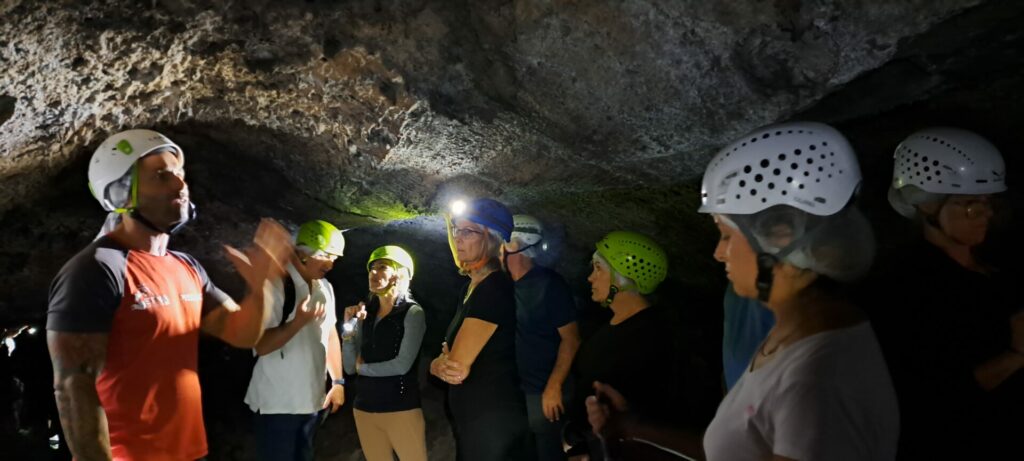
Tourism and Cultural Enigma
Intriguingly, despite the inherent hazards, the Etna Volcano draws inquisitive tourists and bold adventurers from across the globe, all eager to witness nature’s spectacle up close. Guided expeditions escort visitors to the crater’s edge, unveiling the rugged allure of the landscape and the unbridled power of the natural world. Moreover, Etna’s significance transcends the scientific realm, weaving itself into Sicilian mythology, art, and literature.
Mount Etna stands as a living testament to the ceaseless transformation of our planet. Its eruptions, both ancient and recent, serve as a powerful reminder of the delicate equilibrium between creation and obliteration that continuously shapes Earth’s facade. As we persistently study and vigilantly monitor this enchanting marvel of nature, we unlock invaluable insights into the very forces that have forged our world and continue to shape it in the present day.


